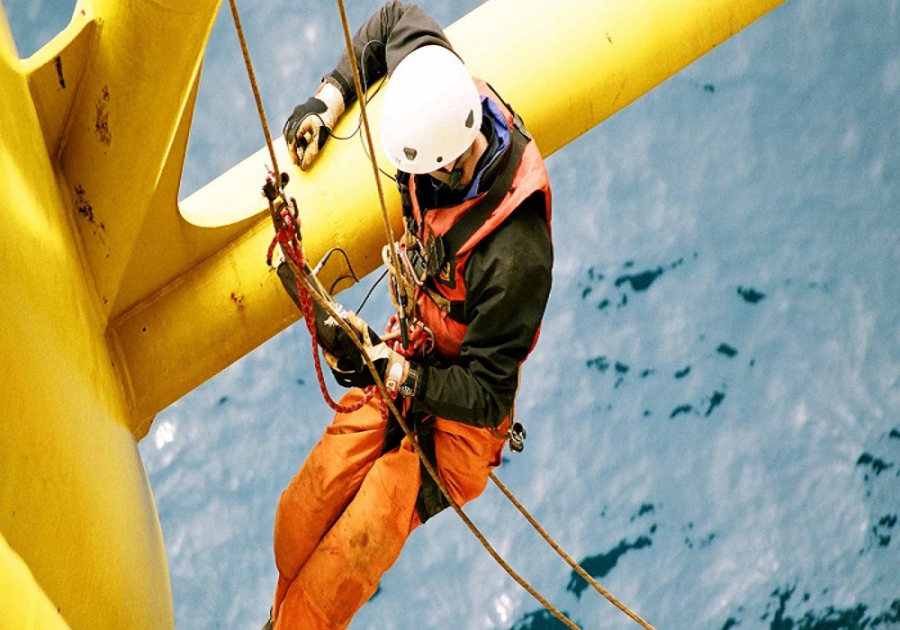When working on new projects, plant modifications or everyday operation, there are a number of processes (e.g. HAZOP, HEMP Bowtie/LOPA) that help identify potential threats and make sure there are sufficient barriers in place to minimize the risk such incidents taking place.
However, as seen in the past, most incidents are not a direct result of an individual equipment or barrier failure. They are normally a combination of an action with one or more existing conditions, e.g. Piper Alpha (UK) or Texas City (US).
Therefore, it is vitally important to understand how everyday actions such as equipment isolation, instrument testing, plant maintenance, Management of Change etc. are linked to process safety and the ability to ‘keep it in the pipe’.
Multiple process safety incidents have occurred in the industry that could have been prevented had the combination of Technical and Operating integrity been maintained properly.
Operational interfaces are always key themes during most incident investigations.
Recent catastrophic examples include:-
- 1988: North Sea, Piper Alpha oil platform fire/explosion, 167 fatalities.
- 2005: Texas City isomerisation unit explosion, 15 fatalities.
Doing the right thing is all about understanding everyday tasks (no matter how routine) and identifying the hazards that potentially increase the risk of an incident and understanding how to manage these risks.
NAPTA’s Operational Safety includes a set of standards and guides explaining how to look at information specific to the hazardous operational activities the project and asset teams are about to perform and providing leadership with materials to review prior site visits, as well as using with their teams on preplanning activities.
For more information please contact NAPTA International B.V.




